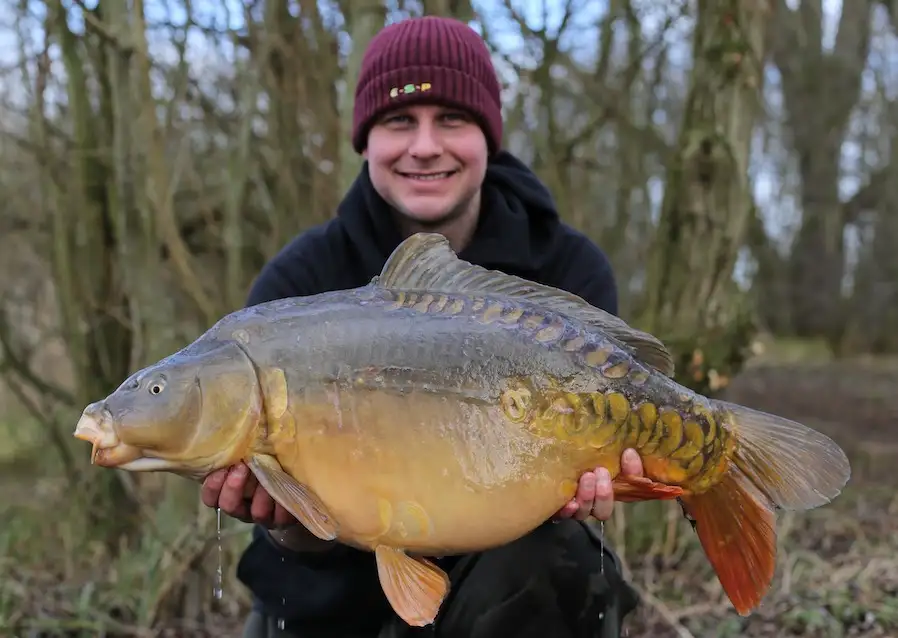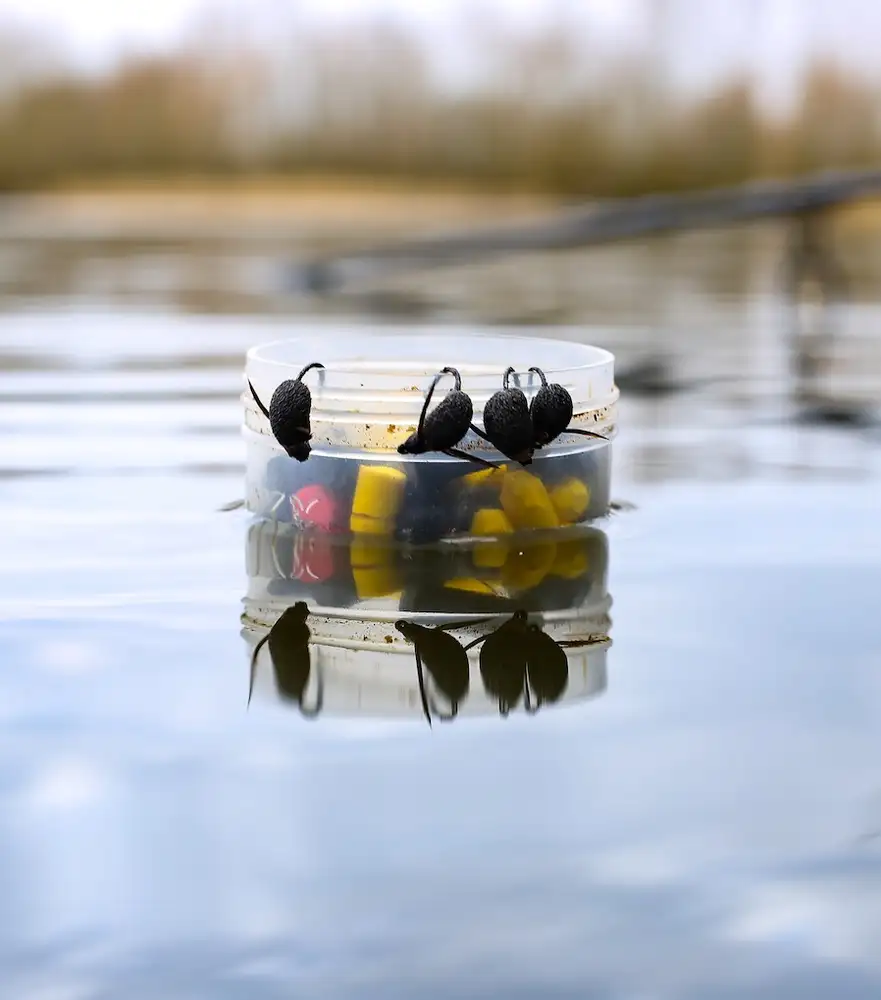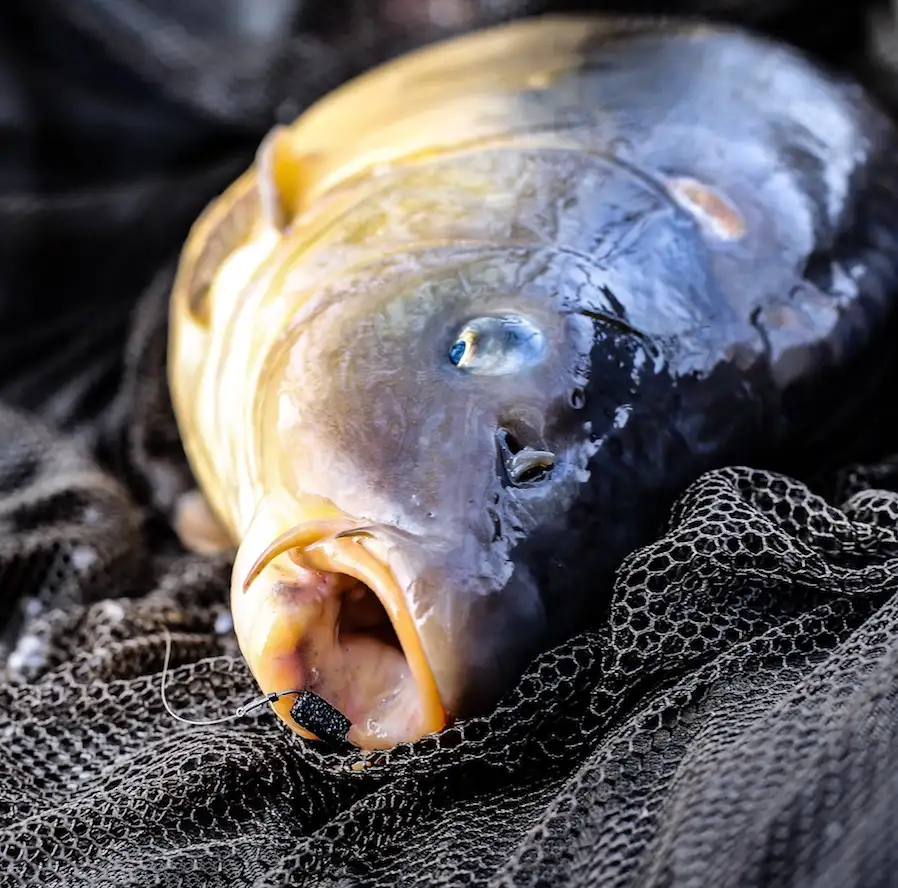This is a demo store. No orders will be fulfilled.
Kev Hewitt on Winter/Spring Zig Fishing

There are a few simple, key principles to zig fishing, and the first is to locate the carp. Zigs allow you to spread the rods out and cover plenty of water to search out a bite. However, if one fish was to stick its head out, then that can be a massive game changer. A zig cast straight in to the rings of a rolling carp can literally bring instant bites. Worst cast scenario, at least you have a hookbait in an area a carp has visited, and that gives you a realistic chance.
The depth is obviously key. There is a whole host of factors which influence this, but my greatest success this time of year has come from a hookbait in the top third of the water column.
Hookbait wise, foam, zig bugs, and small pop ups all work, but most of my success has come from using a black coloured hookbait, whether it be a slither of black foam or an imitation water beetle.

Bite indication is massively important, and an ultra tight line coupled with a heavy bobbin is key, especially when many bites will be drop backs. Any bleep or indication, and you know there with be a fish on.
During a recent session I had an instant result from a lake that had not produced a fish for over a month. Whist setting up I saw a the remnants of a swirl which just had to be a carp. I quickly got a rod off the barrow and cast a zig to roughly where the carp had showed. Before I had finished setting up the hideout, that rod was away. It had been in the water for less than 10 minutes, and I was soon cradling a proper winter carp from a venue which I had deemed in my mind to be near impossible to get a bite from in winter. It was a real eye opener, even for me!
Tight lines, Kev Hewitt
